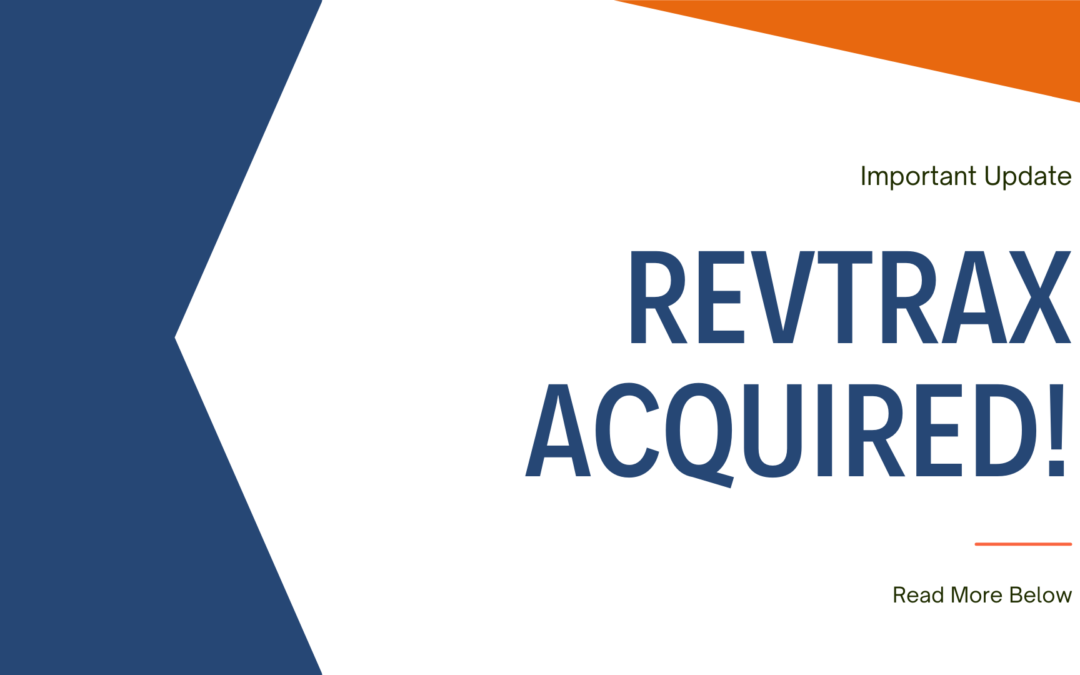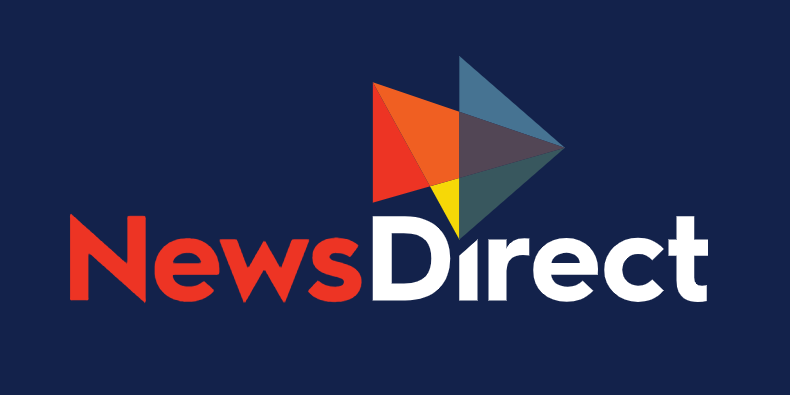PPD insights will have a lasting impact on determining ideal promotion strategies for brands.
We’ve mentioned over the past six months or so, and it’s not an overstatement to say, that COVID has irrevocably changed, well, everything. In the new normal of a COVID and post-COVID world, brands need more sophisticated ways to market, target and engage consumers now than ever before. The answer to how is behavioral targeting and segmentation.
RevTrax has been able to leverage over a decade of consumer behavioral insights to deliver better performing offers and incentives. Now, primed with Predictive Purchase Data (PPD), brands can expand on the traditional and outdated uses of machine learning to classify consumers to increase conversions, loyalty and sales with predictive behavioral targeting; improve consumer journeys through motivation-based personalization; and empower brands to realize the full potential of their audience data to determine ideal promotion strategies.
Targeting is determining who should receive an ad. Personalization is determining what the consumer should see. In compliance with all major data privacy laws, PPD utilizes a predictive engine built without the use of any sensitive personal information or any private consumer data to analyze motivational and individual stakes for consumers to convert. Such behavioral insights will create and deliver optimized offers and incentives, eliminating wasted spend and boost campaign ROI on the brand end, while providing each consumer with an experience that is tailored specifically to them. It’s the best of both worlds
But just how do brands realize the full potential of audience data and what is the bedrock of all this granular analysis? Without giving away too much of the special sauce, here are six slices of behavioral models that should be keyed into to empower marketers to deliver a more personalized offer experience to consumers:
1) Price Sensitivity

This type of segment focuses on individual patterns of engagement on a price-based scale, and is used to match specific intents, interests, and needs via a return score of 0-100. This ranking is based on a customer’s potential sensitivity to discounts.
2) Retailer Preference Rank

We all have our favorite places to shop, right? This type of information segment tells analysts whether, based on frequency, the name and rank of retailer preference for a consumer. By segmenting visitors by their destination preferences, brands can offer the latest promo options to loyal customers or benefits and discounts that might push the new segments to a purchase.
3) Retailer Preference

Granular behavioral data can reveal which retailer(s) consumers prefer to shop at. This primes local targeting for retailer preference, which returns a yes/no value to determine if a consumer is likely to shopper at a specific retailer.
4) Full-Price Buyer
Motivational data is gathered when consumers research and act on purchasing products or services — but at what cost? A handful of users may look like they’re in similar categories, be it their age range or location. But they might be completely different in how much they’re willing to spend. This segment offers a yes/no value to determine which consumer is willing to pay full price or needs a discount to make a purchase.
5) Retailer Class of Trade Preference

This segment is particularly valuable because customers that make a purchase have both brand awareness and will likely return for further purchases down the road. Brands may reflectively collect data to better understand customer lifecycles as a way to designate access to specific products, and return preferred retailer class of trade and rank for consumers.
6) Best Time to Engage

This says it all — finely tuned behavioral data may not sound self evident, but a segment like engagement timing can make all the difference when providing truly relevant promotions and offers rather than sending general information to large swaths of an audience. Timing is everything, especially segments that return specific days and times that represent the best occasion a consumer is likely to engage.
PPD’s end result is to offer a variety of predictive models, designed to deepen a brand’s motivational and behavioral understanding of current and potential consumer purchase habits. Built on over 100 million attributes observed each month; over 2,000 representative retail banners; 11 million observed monthly transactions; and across over 250,000 retail locations, these predictive models allow brands to rapidly deploy impactful, data-driven campaigns.
Interested in any of the models above? Whether it is assisting in your targeting or personalization efforts, we’d love to help. Speak to a specialist today about Predictive Purchase Data.





